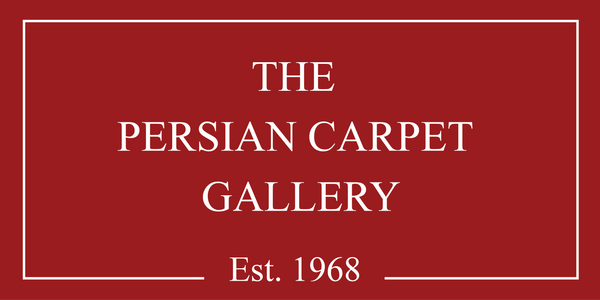Sarouk Rugs
Renowned for their luxurious pile, Sarouk rugs effortlessly endure the foot traffic typical in hallways, common rooms, and foyers. Their style, quality, and durability have captivated Western consumers across generations. However, their journey to popularity wasn't immediate. In the early 1900s, painted Sarouks, dyed in vibrant garnet and salmon-pink hues, elevated regional rugs to newfound fame. While purists may have frowned upon these alterations, painted Sarouk rugs emerged as regional icons.
Antique Sarouk carpets boast classic curvilinear vine scrolls, opulent arabesques, and local bouquet-filled designs, reflecting the rich diversity of regional carpet-weaving traditions. Traditionally woven with blue weft threads, Sarouk carpets feature intricate floral patterns in a myriad of pure and vivid colors. From medallion-and-corner rugs to exquisite allover Herati patterns, Sarouk's lush carpets, adorned with beautifully isolated bouquets and shrubs, epitomize its unique aesthetic.
Named after a small village in Persia, Sarouk rugs originated near Arak, alongside Fereghans and Sultanabads. Early examples, closely related to Fereghans, were dubbed Sarouk-Fereghans, often showcasing medallion designs. However, post-1900, Sarouk carpets predominantly adopted an allover format, with dense floral motifs symmetrically arranged on deep blue or burgundy grounds, known for their soft, velvety wool and thick pile.
Sarouk carpets found their place in American homes between the two World Wars, becoming treasured possessions. Responding to market demands, American Sarouk rugs emerged, boasting high-quality wool for durability. Thicker area rugs and carpets proved resilient, ideal for American households where shoes were commonly worn indoors.
Sarouk carpets vary in quality and style, falling between the fine weaves of Kerman rugs and the coarser varieties. Interestingly, Sarouk rugs in the early 1900s were likely designed by Westerners, reflecting the preferences of the American market.
The evolution of Sarouk rugs includes the era of "Painted Sarouks." Initially featuring lighter rust backgrounds, these rugs were dyed to deeper, richer colors to meet American market expectations. The name "Painted Sarouks" stuck, marking this transformative period in Sarouk rug history.
Notably, Hotz and Son played a pivotal role in the Sarouk industry, with Hotz credited for introducing pastel shades akin to Ziegler rugs. Albertus Hotz's journey through Persia and subsequent endeavors left a lasting impact on the carpet weaving industry.
Today, Sarouk rugs no longer undergo painting but retain their hallmark thickness. Cream field Sarouk carpets gained popularity in the latter half of the twentieth century, a testament to their enduring appeal and timeless elegance.
